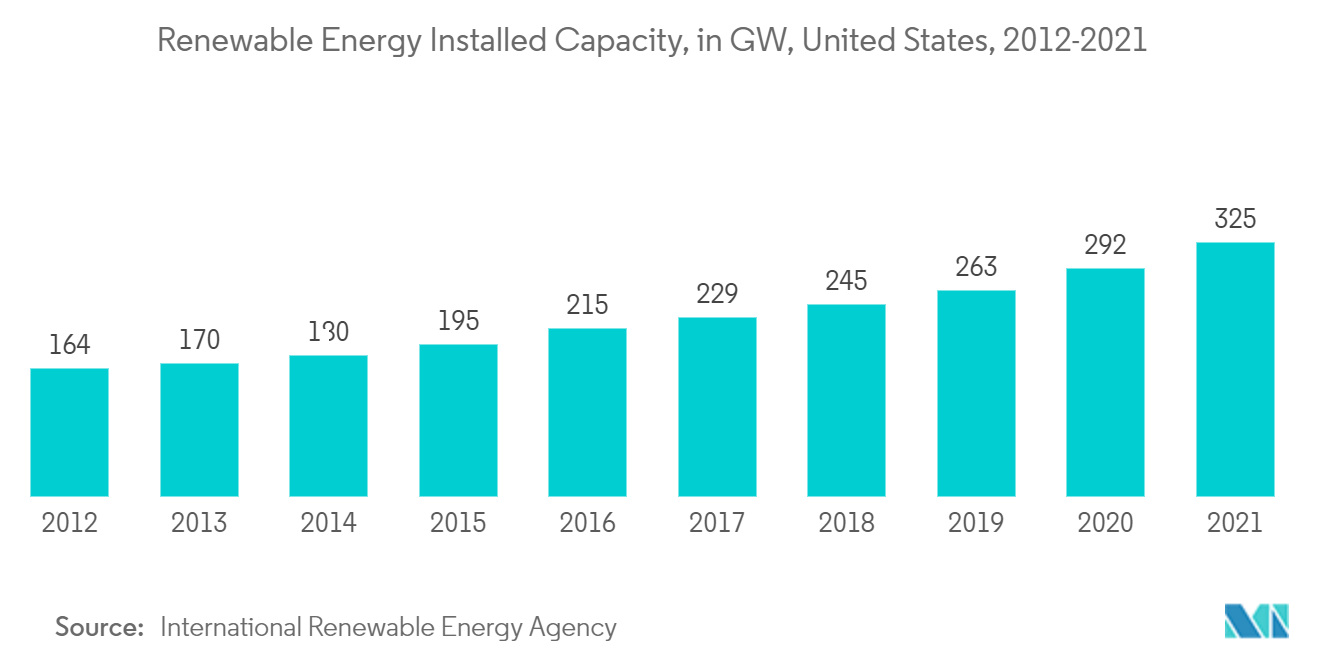Market Trends of United States Energy Storage Industry
This section covers the major market trends shaping the US Energy Storage Market according to our research experts:
Residential Segment Expected to Dominate the Market
- In the recent past, the energy storage system (ESS) in the United States experienced significant growth, especially in the residential sector, along with the rising investments in renewable energy infrastructure across the regions. Electricity consumption in residential buildings is estimated to increase during the forecast period due to increasing annual disposable incomes and the rising work-from-home trend across the United States. Energy storage systems are used for continuous power supply at homes during power outages at peak hours.
- Various incentive programs across the United States are in place to support the residential energy storage market. California's Self-Generation Incentive Program (SGIP) primarily supports the residential storage sector, and the program offers incentives to new and existing distributed energy resources. Moreover, the residential energy storage segment is likely to proliferate because of increasing technological advancements in energy storage technology, which is leading to a decline in battery prices and widespread deployment of renewable power sources.
- Residential solar installations in New Jersey are likely to witness significant growth on account of favorable incentive programs like Solar Renewable Energy Credits (SREC) and declining cost of solar panels, which was introduced by the government of New Jersey. Shifting trend toward solar to enable the homeowners to save money in electricity bills. Thus, in turn is likely to proliferate the deployment of residential energy storage systems.
- As of June 2021, Q CELLS has partnered with eStat Inc., a clean energy solutions provider in the residential energy sector, to expand its presence in the Hawaiian residential energy market. eStat's cloud-based energy optimization and management technology allow homeowners to build a sustainable Zero Carbon Smart Home that achieves NEM-equivalent savings in Hawaii.
- Therefore, owing to the above points, residential segment is expected to dominate the country's energy storage market during the forecast period.

Rising Renewable Energy Generation Expected to Drive the Market
- Over the last decade, the installed renewable energy capacity and generation has been rising steadily in the United States. As renewable resources such as solar and wind generate power intermittently and at various levels, storing this energy to be used during high demand is of vital importance.
- Due to this, modern energy-storing systems (ESS) are becoming an indispensable part of renewable energy projects. The rapid growth in the renewable energy sector is expected to be one of the strongest drivers for the growth of the ESS market in United States.
- As of 2021, the United States had appoximately 325 GW of renewable intstalled capacity from 160 GW in 2012. The increasing usage of renewable energy has made it easy for energy storage concept to penetrate into the country's market at such a fast rate.
- Traditionally, the most widely-used energy storage technology utilized in the United States has been pumped storage systems. As of 2020, the United States had 22 GW of storage from pumped hydropower and another 1.5 GW in batteries in the residential, commercial, and utility sectors. However, due to their geographical limitations, large land footprint, and falling battery costs, this technology is expected to see limited growth in demand during the forecast period.
- With the development of newer and more affordable lithium-ion batteries, the number of residential, commercial and industrial solar rooftop PV systems coupled with ESS has increased significantly. According to United States Energy Information and Administration (EIA), 71% of the total battery storage capacity in the United States was standalone, while 29% was located at a power generation site in 2020.


